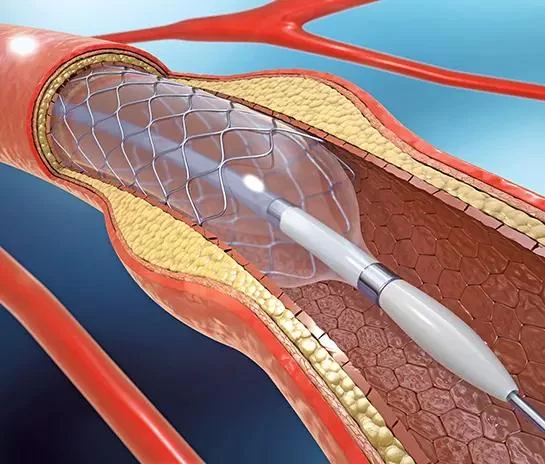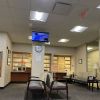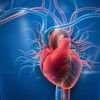How Cardiologists Use Cardiac Catheterization to Diagnose Heart Disease
- 1. What is Cardiac Catheterization?
- 2. Why is Diagnosing Heart Disease Crucial?
- 3. How Cardiologists Use Cardiac Catheterization
- 4. Real-Life Case Studies: Understanding the Impact
- 5. The Benefits of Cardiac Catheterization in Diagnosing Heart Disease
- 6. Conclusion: Taking Control of Your Heart Health
1. What is Cardiac Catheterization?
Cardiac catheterization is a medical procedure used by cardiologists to diagnose and treat heart disease. It involves threading a thin, flexible tube called a catheter through a blood vessel to reach the heart. This allows doctors to check the condition of the heart's chambers, valves, and blood vessels, and to identify any blockages or abnormalities that may be causing heart disease.
2. Why is Diagnosing Heart Disease Crucial?
Heart disease is one of the leading causes of death worldwide, making early detection essential. By diagnosing heart disease early, cardiologists can recommend the most effective treatments to prevent more serious complications like heart attacks or stroke. Accurate diagnosis also allows patients to make lifestyle changes and manage risk factors like high blood pressure and cholesterol.
3. How Cardiologists Use Cardiac Catheterization
Cardiologists use cardiac catheterization to gather detailed information about the heart's function. By injecting a special dye into the coronary arteries through the catheter, doctors can take X-ray images to identify any blockages or narrowed arteries. This procedure is vital for diagnosing coronary artery disease (CAD), one of the most common causes of heart disease.
The catheterization procedure can also be used to measure pressures in the heart, assess the heart's pumping function, and even perform interventions such as angioplasty to open blocked arteries.
4. Real-Life Case Studies: Understanding the Impact
Take the case of John, a 58-year-old man who suffered from unexplained chest pain. After a thorough examination, his cardiologist recommended a cardiac catheterization. The procedure revealed a blockage in one of his coronary arteries, which was subsequently treated with a stent. Without the timely intervention provided by the catheterization, John could have suffered a heart attack.
Another case involves Sarah, a 45-year-old woman with a family history of heart disease. Despite feeling fine, routine screening through cardiac catheterization revealed early-stage coronary artery disease. This allowed Sarah to begin lifestyle changes and medications to prevent further progression of the disease.
5. The Benefits of Cardiac Catheterization in Diagnosing Heart Disease
Cardiac catheterization offers several advantages in diagnosing heart disease. First, it provides precise images of the heart's anatomy, allowing doctors to see blockages, weakened heart muscles, or other issues that may not be visible through other tests. Second, it is minimally invasive, with a relatively short recovery time compared to open-heart surgery. Third, it can help cardiologists make quick decisions on treatment plans, whether that involves medication, lifestyle changes, or surgical intervention.
Moreover, cardiac catheterization is not just a diagnostic tool. It also enables doctors to perform treatments like angioplasty, where they insert a balloon to open up blocked arteries, or stent placement, to keep the arteries open and ensure proper blood flow.
6. Conclusion: Taking Control of Your Heart Health
In conclusion, cardiac catheterization is an essential tool in the fight against heart disease. It provides doctors with critical insights into heart health, allowing them to diagnose issues early and implement effective treatments. If you are at risk for heart disease or have symptoms like chest pain, shortness of breath, or fatigue, it’s important to consult a cardiologist to discuss whether cardiac catheterization may be appropriate for you.
For those seeking to learn more about heart health, or for individuals who need further testing, there are advanced heart health assessment tools available. Investing in your heart health now can save you from much bigger issues down the road. Don't wait—take the first step toward a healthier heart today!





















